[First time visitor? Coming here directly? Stop and learn about the Beyond Hartford, Beyond Cars series before reading on]
I have been patiently waiting for a reason to dig into local cryptid lore.
It’s hard to know when the tales begin.
In 1857, a sea serpent was seen near New London. Maybe. The teller of this story said it could have been an eel, or a sea monster the size of a house. What?! You’ve never confused the two?
1859: a sea serpent was spotted by people fishing by Martha’s Vineyard.
You might think that the stories would have stopped after 1875 when the “so-called sea serpent” was reportedly captured in the Branford/Guilford area, which the Hartford Daily Courant described as being between Pot Island and Falkner’s Island, and having the appearance of a “common ground snake.”
You might think that, but you’d be wrong.
In 1886, the serpent was spotted by Savin Rock in West Haven. The Hartford Daily Courant reported on what “eyewitnesses of unimpeached veracity” told them: the serpent “lashed the sea into a mass of surging roiling foam, indulged in what seemed to be a bit of playfulness.”
Unimpeached veracity, folks.
Only months after that sighting, some people fishing near Bridgeport’s Yellow Mill Bridge believed they saw it, and watched it swim out toward the Sound.
In 1888 one was seen in Cornfield Point in Old Saybrook and by Penfield Lighthouse in Fairfield.
Are we thinking these are all the same one? A sea serpent family? Various non-cryptids suffering from mistaken identity?
In 1889 The Bridgeport News ran a piece from Capt. Will Mills, known for his “temperance,” who with a friend viewed a “commotion” that the stone cold sober seafarer could not explain.
He wrote: “I should judge the fish or whatever it was, was at least fifty feet long, and the body about as round as an eight inch stove pipe. The body was dark, but the head was of a light color, and looked an ugly customer to say the least. I have made my living on the water for the past forty years, and never believed in the stories told about sea serpents, as I thought the parties who told the stories had seen a big porpoise or a thrasher, which is a species of the shark. But this was a veritable snake or denizen of the sea that I never saw anything to resemble. We had a good view of the reptile or whatever it was, as it stayed above three minutes. Everybody I see and tell about it laughs, but I am willing to make oath that we saw the darned thing, and it is as I tell you.”
That sighting was between Penfield Reef (Fairfield) and Black Rock (Bridgeport).
In 1895, a Captain Geer corroborated a serpent sighting in the Sound that was previously reported by the crew of another ship, at a location about sixty miles away. The Hartford Courant ended that article with a note that “the cafe was closed all day.”
A similarly described creature made appearances in the Connecticut River during this same era.
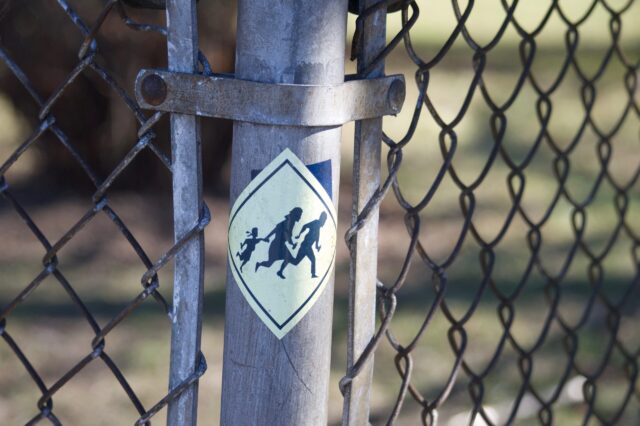
This is a time when the facts don’t matter.
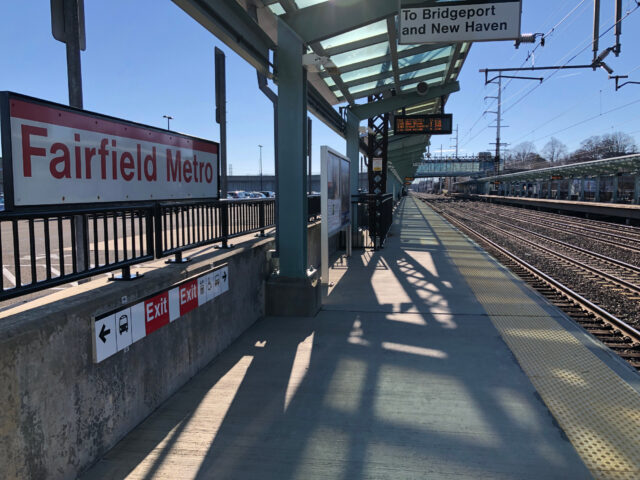
Walking through the senselessly large and anti-people parking lot at the Fairfield-Black Rock Station opens space for thoughts about how there are many truths.
Should this station have been built precisely here?
Why did they opt for a sea of parking without any easy ways for cyclists and pedestrians to get from train station to Bridgeport, which is right within sight?
Is public transit always good if it only caters hard to to those who are going to drive their cars from a mile away?
It feels like a maze, making my way across this Disney-sized car storage area that is a mental wedge. I know that Ash Creek is just over there and that there is a path and sidewalk . . . but I have to make it that far first. It feels like an endless distance. I begin to wonder if I am imagining where the exit is.

Spend enough time on one tedious task — fishing, hunting, steering a boat, walking through a car lot — and you, too, might begin to see things.
One thing that isn’t a mirage: the housing being built near public transportation, here and all around the state. Or, around the state in towns and cities that don’t suck. I hear a lot from housing advocates about their frustration, but at some point maybe they have to just say “this town is shite” and leave.
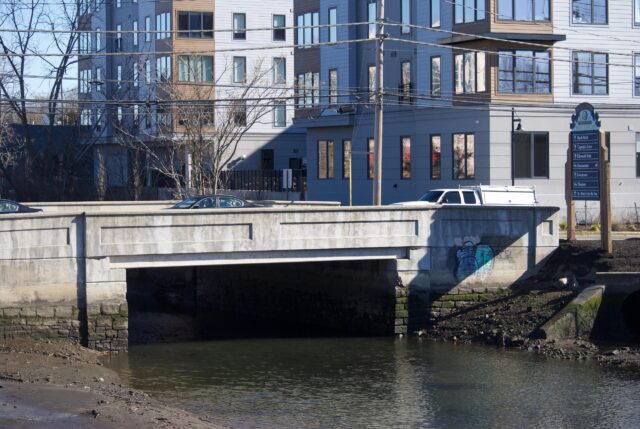
It took me a minute to figure out which town exactly I was in as there are no giant “Welcome To” signs that I could see, but Canfield Park, a new apartment complex, is on the Bridgeport side of Ash Creek. It’s not necessarily affordable housing for most of us, but it’s housing and prices can change. They do deserve a shout out because the very first page of their website shows that they know what’s up: “Tucked along the winding shores of Ash Creek, Canfield Park at Fairfield Metro is just a five-minute walk to the Fairfield Metro Train Station, with express rides to and from NYC and Stamford. Head a few blocks in the other direction on foot or by bike, and find yourself in the heart of Black Rock, with its charming coffee shops, fabled restaurants, bars and more.”
In truth, it’s only a one-minute walk to the edge of the Faifield Metro Train Station’s parking lot, but as noted, there is that whole sea to cross to get to the platform.
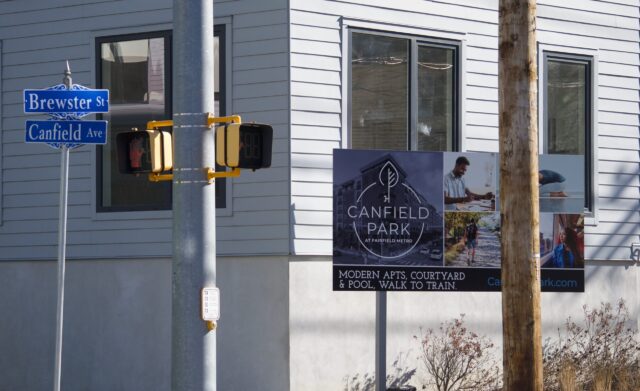
Are the restaurants fabled? I don’t know.
But boundaries themselves are a bit of a fable.
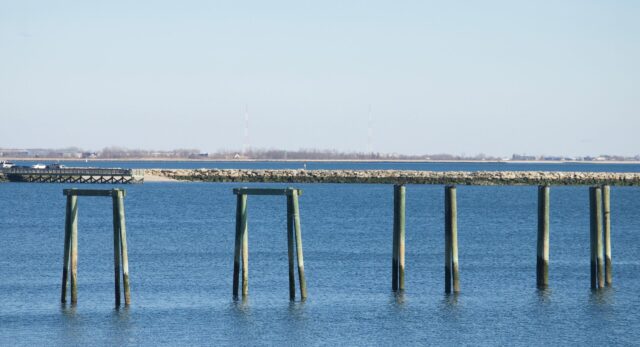
In 1644, a group of people in Massachusetts noped out and came to settle in both the area that would become Seaside Park, as well as in Black Rock, what is now the southwestern section of Bridgeport . . . as if nobody was living here. The Pequonnock Indians of the Paugussett nation had been here already, and in numbers enough that their presence would have been known.
So, colonist Thomas Wheeler did what they do, and mounted two cannons on his Brewster Street house in what was then part of Fairfield.
Can you imagine?! Today there are HOAs that limit how many lawn tchotchkes a person can display, but then, go on and mount artillery on your home. It’s fine.
Now is as good of a time as any to really pause and think about how we use the phrase “colony” and “colonist” as almost neutral, innocuous terms, and how present day colonizers are just as destructive in their thinking. At the heart is a belief in owning and controlling land. When you see giant walls go up, you can ask why try to keep others out. When you see giant walls go up, no matter how beautiful, you can ask who someone thinks they are to try to keep the sea out.
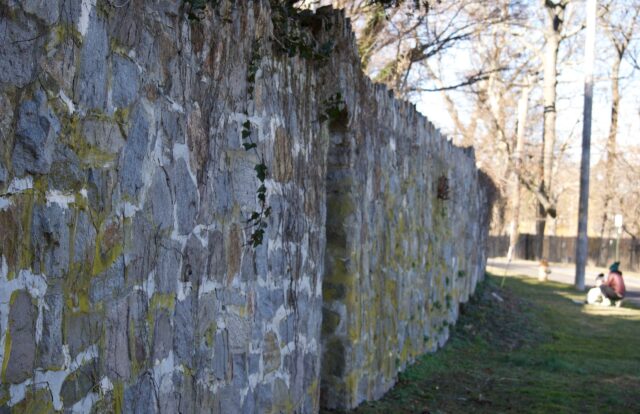
Later, Black Rock would become part of Bridgeport in 1870.
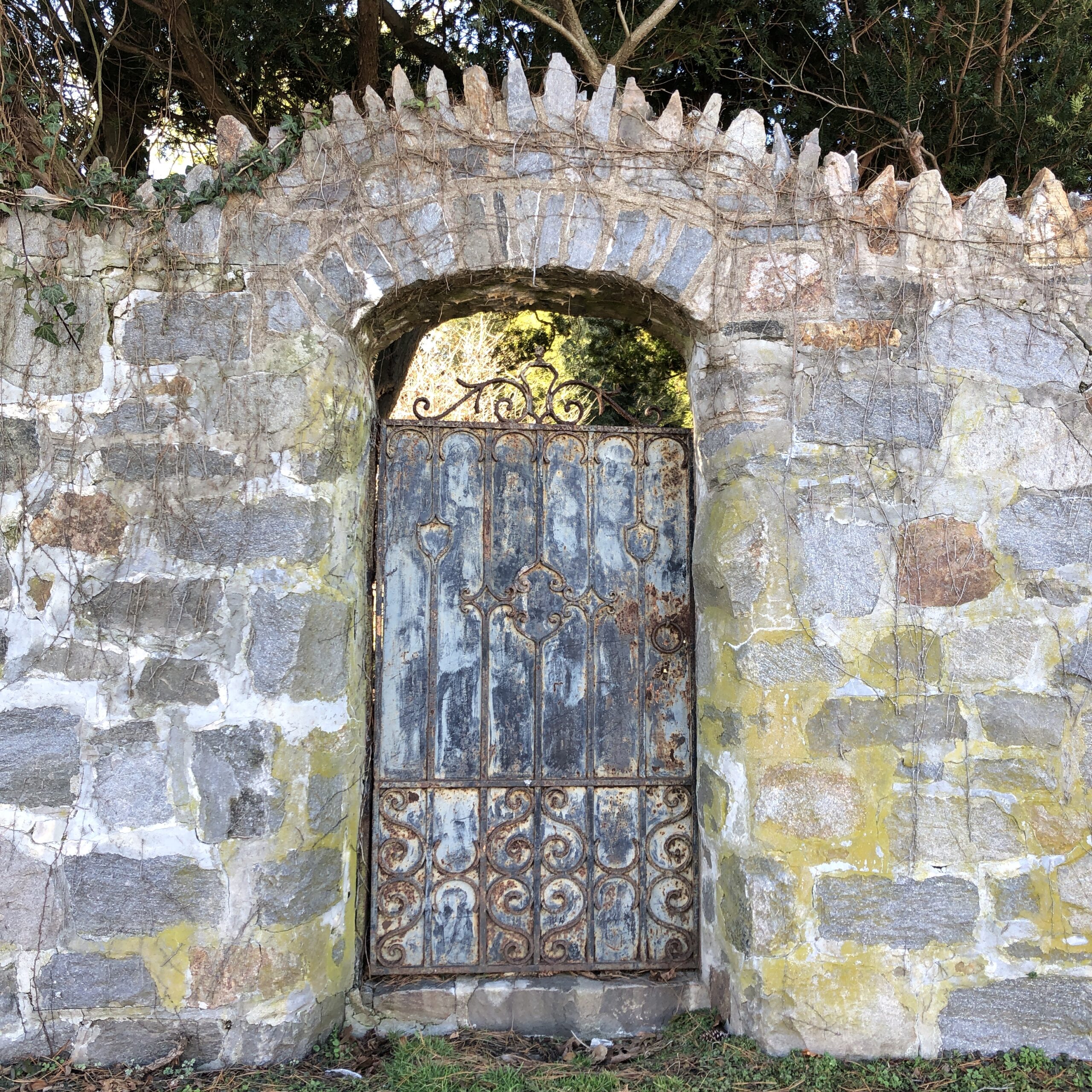
But these are just names etched on invisible boundaries, which can move. Those massive walls along Eames Boulevard, Black Rock Boulevard, Old Battery Road, those too can be moved.
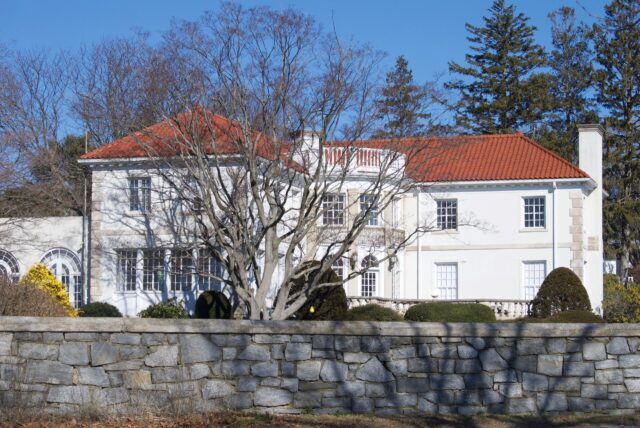
How residents of Black Rock made their money is predictable to those who know nothing else about Bridgeport — it’s on the water. How one section can look so incredibly different from another is not a story unique to this area. When it no longer became socially acceptable to stick guns out in the yard, Americans took to redlining to determine who could live where.

You can’t change what your ancestors might have done, but you can determine how to treat others now.
I’m not here to demonize a particular place, for the same reason that I refuse to call another person a “monster.” Anybody is potentially capable of any behavior — atrocious or commendable — and there is nothing about any specific place that makes it more or less. Everything and everyone can change.
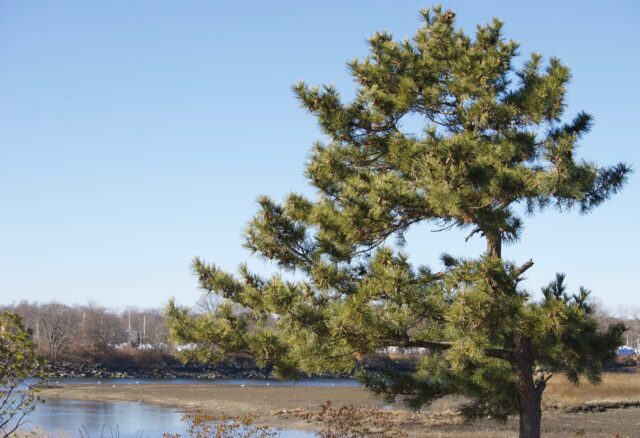
While there have not been records of recent sea serpent sightings in Bridgeport, there have been parrots. Much has been written about them, but as I walked through St. Mary’s-by-the-Sea I saw neither monk parakeets in the trees nor giant snakes in the Sound.
Neither that, nor any of Bridgeport’s history, made this a disappointing trip.
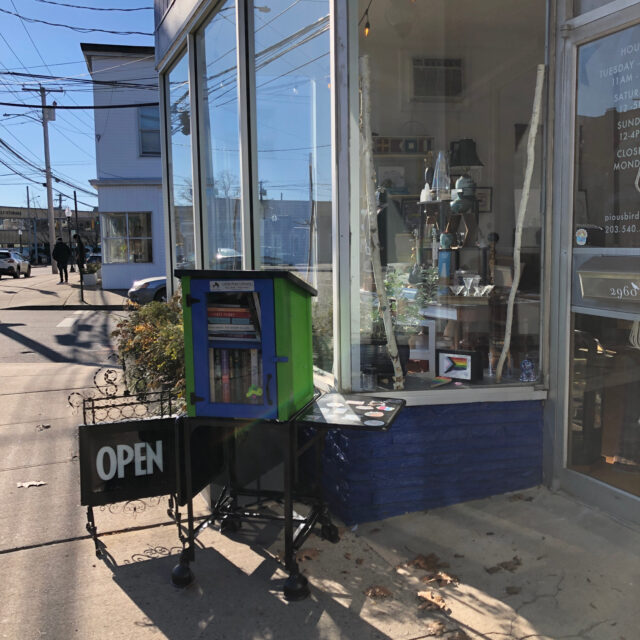
Between the train tracks and the mansions is a delightful tiny shop that will be celebrating its first anniversary in June.
Black Rock Books is another place that gets it. They didn’t simply open and expect everyone to show up. The store, owned by two women, hosts poetry readings, storytimes (with and without therapy dogs), art openings, and author events. On the day that I came through, they had a free coffee and chocolate tasting. The store was packed, yet visitors were talking with the pop up shop owners, the bookstore owner, each other, and, they were buying books — not just showing up and leaving.
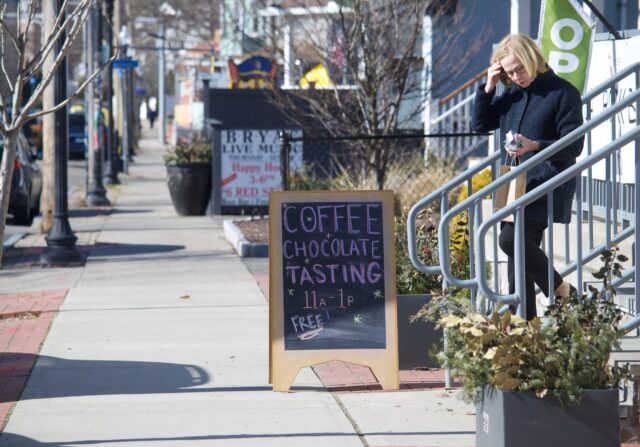
What is alluring about this store, so much that I came back later after the sample session was over, is that they aren’t stocking just whatever. There was no giant display of the hot book of the moment — maybe because that’s the owners’ taste, but as likely, it’s because there simply is not the space for it. About half the store, on the side with the inviting window seat that I won’t describe because half the charm is in discovering it, is children’s books and kid accessories. That’s not a side of a store I generally look at or care about because it’s irrelevant to me, but their selection drew me in and I stood there trying to remember which friends’ kids had birthdays coming up and would be on the level of which particular book.
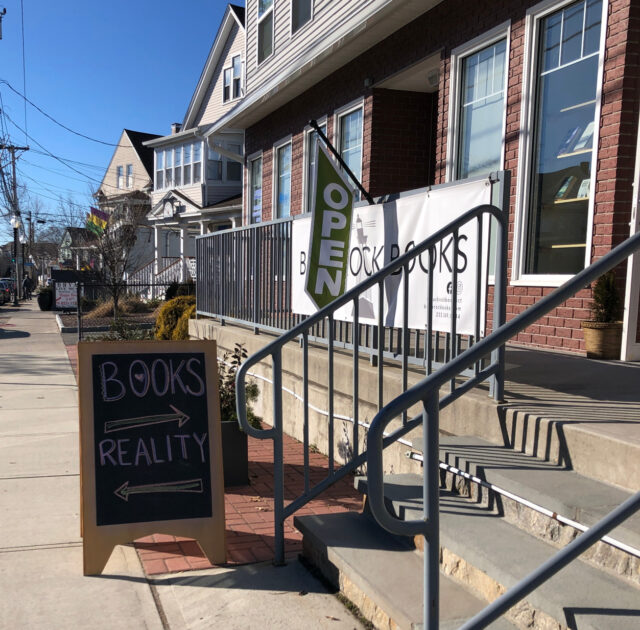
I was drawn here by a friend who said it would be a place I’d love, and she was right. She usually is, so when she told me to also visit Harborview Market, I added it to my list. Before I made it out of the bookstore, two others, in separate conversations, recommended it to me — specifically, their croissants. The devotion is real, as one of the fans was able to name which days of the week those treats were available.

But first, I would have to cross Route 130, which Bridgeport and the State of Connecticut have not made easy. There are crosswalks, sure, but only fake beg buttons — the kind that summon green lights for drivers but no Walk signal. It’s a multi-lane road and as far as I can tell, there are no ped heads at any part of Route 130 in the 1.4 miles of it that runs through the Black Rock neighborhood. I’m mentioning this because (1) eww, and (2) to save you the time and effort from walking up the road thinking surely there will be an easier place to cross. The intersection at Brewster Street, which looks like an obvious place for pedestrians to cross, also does not have any extra assists and has had many more people get hit by cars than down by Gilman Street, so I guess do your best. Once you make it across, the walking becomes much less stressful.
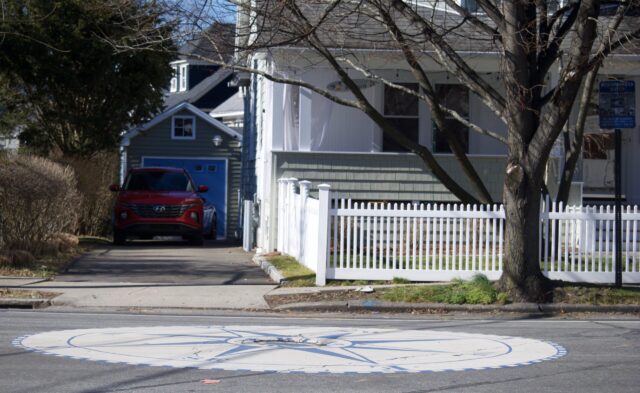
All I will say about Harborview, because nothing else will do it justice, is that they raised my standards when it comes to croissants; it’s not overhyped. I took the photo below when I arrived, and when I left, all the tables outside were occupied.
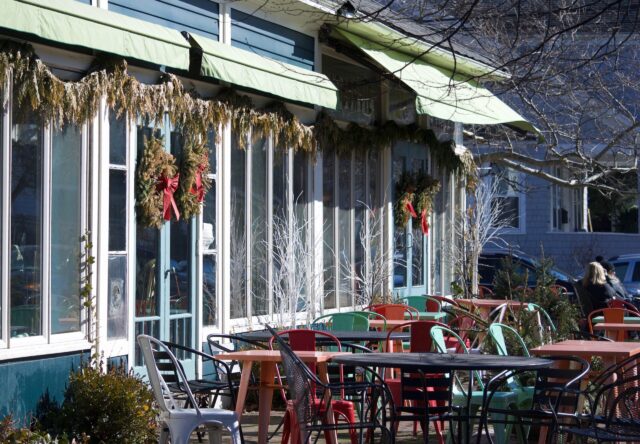
As nice as the shops and cafe are — fabled or not — what really makes the trip worthwhile are the views on a relaxing, longish walk.
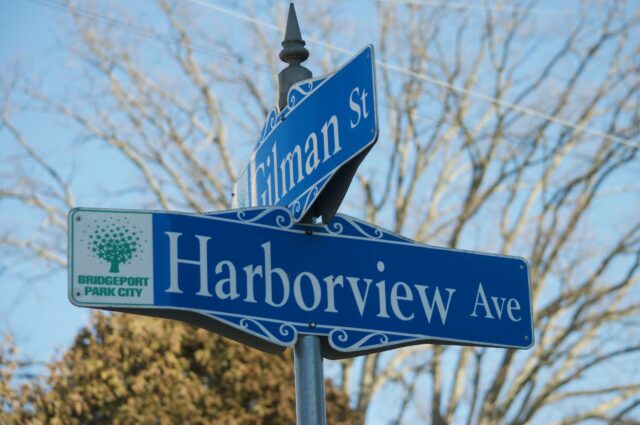
The sidewalk is mostly narrow, which may prove a problem for some, but it’s not along a state route where every driver is in a rush and honking.
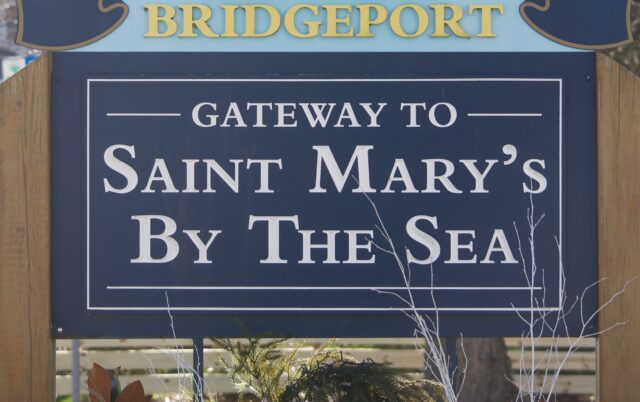
The 1.2 miles of sidewalk along Gilman Street and Eames Boulevard offer views of the Ash Creek tidal estuary, Long Island Sound, and the Black Rock Harbor.
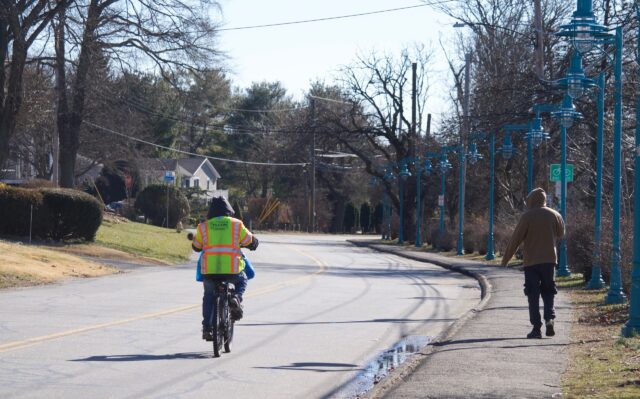
Ash Creek was apparently named such because when the British burned Fairfield Center during the Rev War, the remnants blew into the river.
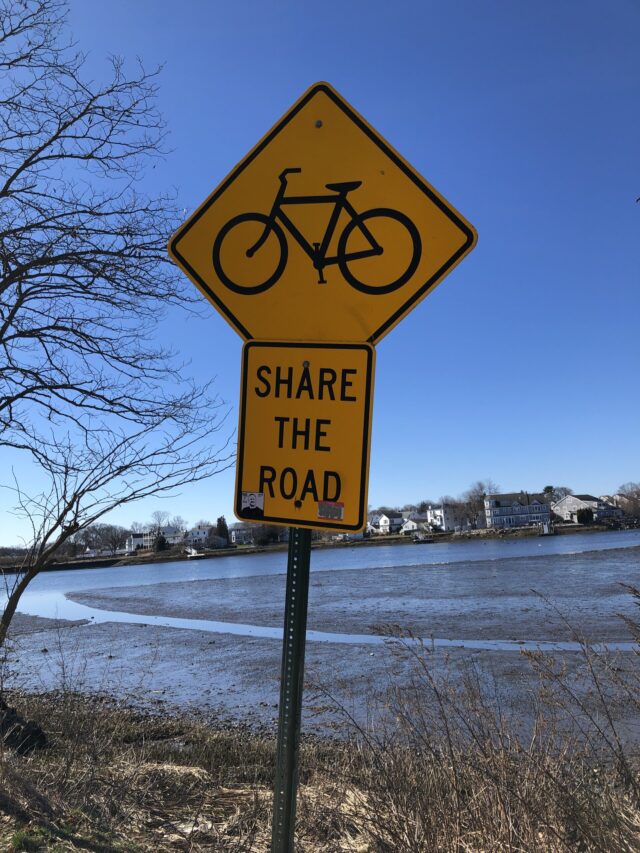
Perhaps if they had cannons on their rooftops in Fairfield, the water separating Fairfield from Bridgeport would have a more becoming name today.
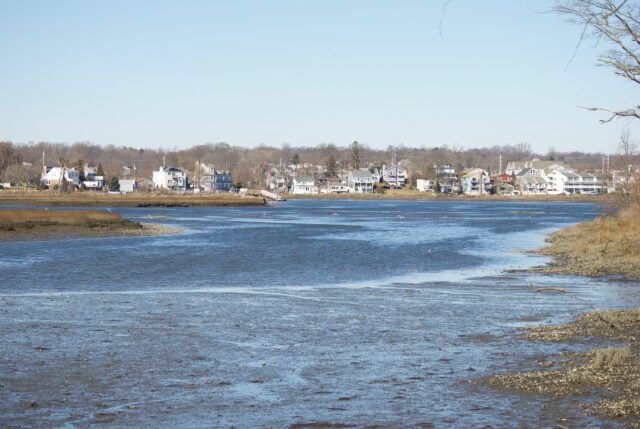
You can arrive here knowing nothing. There are interpretative signs along the way.
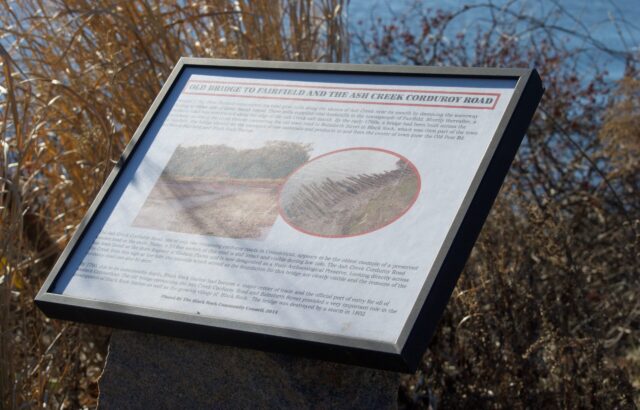
It might be worth bringing binoculars along to get better views from across the creek.

There’s a reason that these #BeyondHartfordBeyondCars stops don’t fixate on the trends of the moment that exist purely for hedonistic escape. The noticing and learning matters.
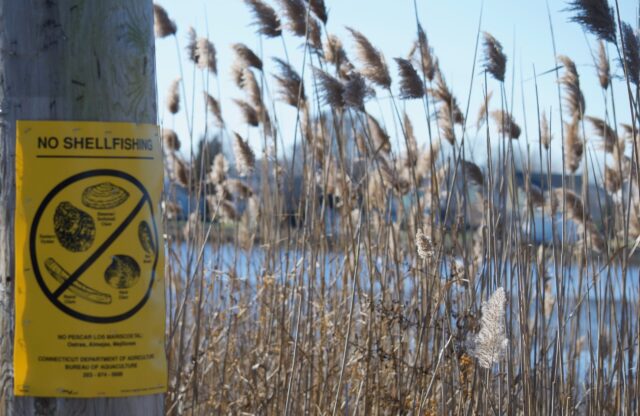
Technological discoveries were assumed to be progress, as was the switchover from slow transportation to planes and private automobiles. Now, to regard these wholly as progress is a sign of a person in deep denial. It shows someone who cannot/will not hold the kind of vision that takes them beyond the immediate future. If you look at this in almost any other context, you would call that thinking juvenile. A child does not get a toy and throws themself to the floor in a tantrum; an adult with fully functioning legs cannot park directly in front of their house and they absolutely lose it at town meetings.
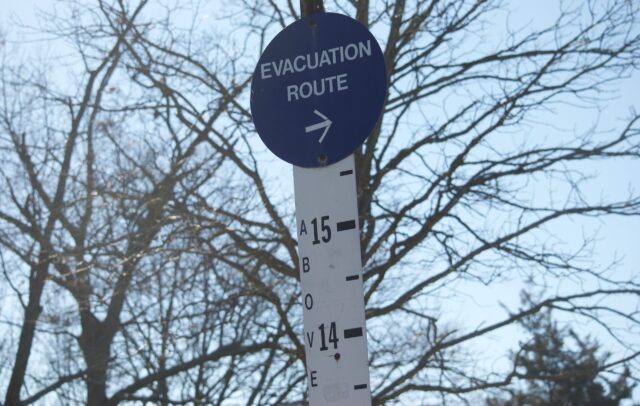
How can you not think about this shortsightedness when along the fragile coastline? The Greenland ice cap is being melted by human selfishness at an even faster rate than what had been believed. What happens far away has impacts everywhere.
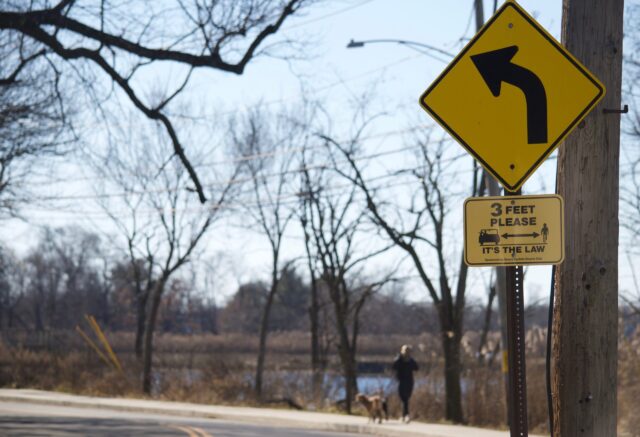
As climate change intensifies storms, there are results close to home. Hurricanes Irene and Sandy damaged the barrier spit between Fairfield and Bridgeport, washing out sand and plants.
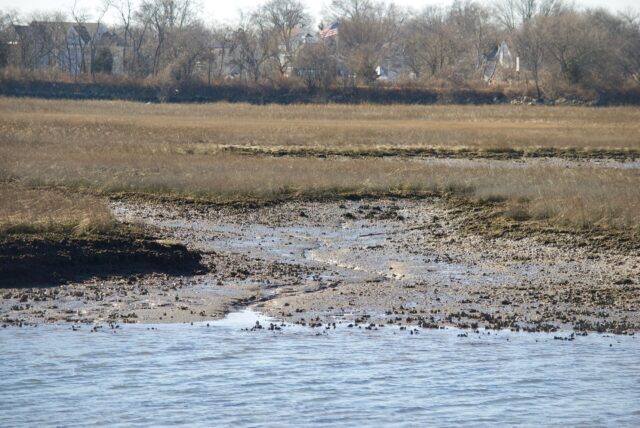
To be more precise, St. Mary’s sand spit lost “60 linear feet of sand in the past 10 years.”
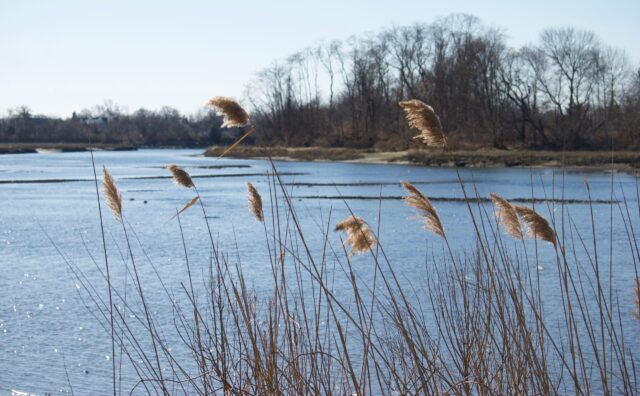
It’s not a matter of people simply wanting a nice spot of sand for aesthetic reasons.
As put in an assessment of the sand spit, it “absorbs wave action and protects interior marshland, and plays an important role in absorbing storm surges. If the spit were to be reduced in width or elevation, it could cause negative impacts especially on the Great Marsh Island. The spit also protects the St. Mary’s walkway and Gilman Road from erosive wave action that could cause undercutting.”
Do you want your walkway and road to collapse?
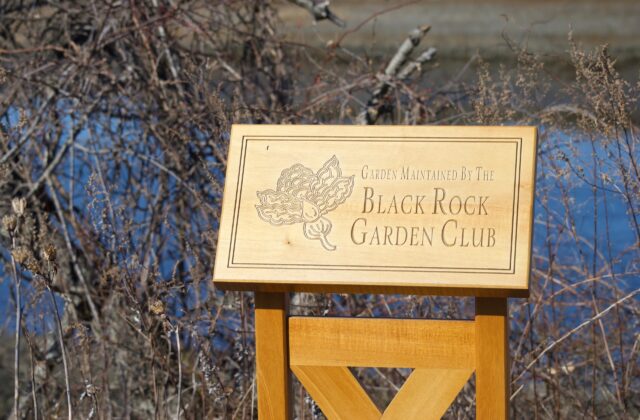
The urgency was underscored in far more detail in the Ash Creek Estuary Master Plan: “Sea level rise threatens the wildlife and biodiversity of these wetlands. The relative sea level trend is 3.14 millimeters/year, which is equivalent to a change of 1.03 feet in 100 years. Based on this statistic, in the past ten years since the publication of the original master plan, the sea level at Ash Creek Estuary has risen 30mm which is equivalent to 1.2 inches. With the rising sea level, Connecticut shorelines are at risk for increased erosion, flooding, and coastal inundation. The increased risk of erosion and flooding puts beaches and salt marshes at risk, which is of special concern to the Ash Creek estuary. Global sea level is rising at an accelerating rate. Sea level rise rates along the east coast, including Connecticut, are higher than the global average due to the sinking of the coastline. This puts an urgent nature to the response needed in the Ash Creek estuary to combat sea level rise. During sea level rise, salt marshes move inland due to increasing soil salinity, encroaching on suburban areas, agricultural fields, and low-lying forests. As a result, upland vegetation is replaced by salt-tolerant marsh plants. Ash Creek estuary and its marshes are situated in a highly urban environment. This raises the concern of marsh loss due to rising sea levels. Higher sea levels also means that storm surges are affecting coastal properties even further inland.”
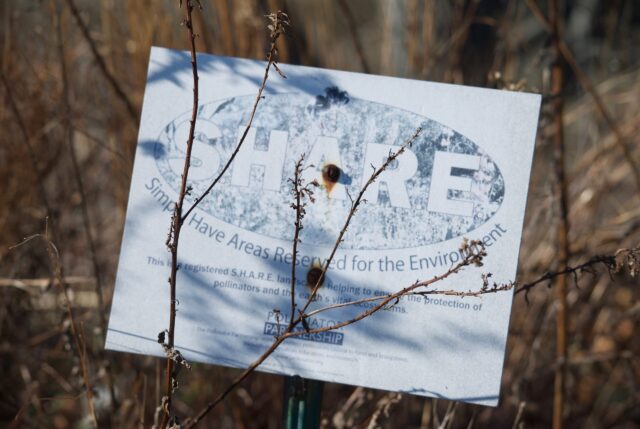
The disappearance of this feature in Bridgeport would not have the level of devastating effects as what we see with melting glaciers and ice caps, but there would be impacts, and if you could mitigate them, why wouldn’t you?
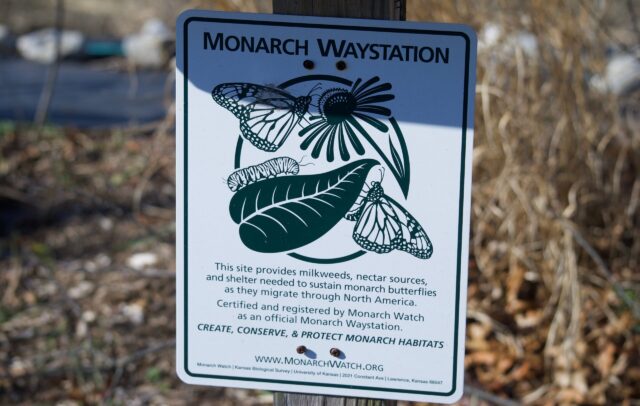
Just a few years ago, the spirit of cooperation began to turn things around.
Or, as it was described in the Ash Creek Estuary Master Plan: “More recent planning efforts have attempted to move beyond the municipal boundaries.”

The cost of the project was evenly divided between the Town of Fairfield and City of Bridgeport — which is fair since inaction would lead to negative consequences in both communities.
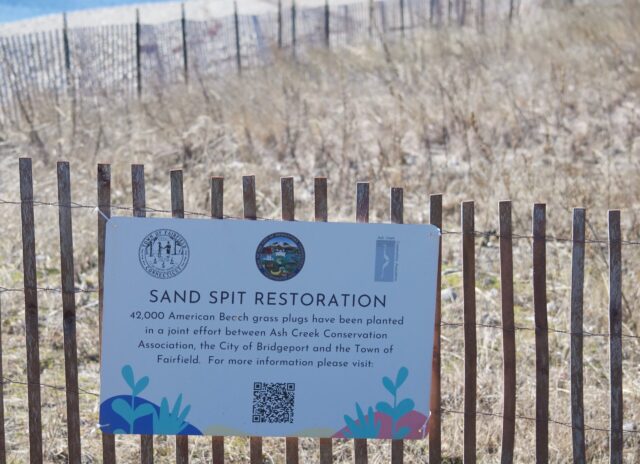
Among the changes: signs in the area that explain to visitors what they are looking at and how to respectfully interact with the land. It’s a simple addition that can make a difference.
Why are these plants chosen over others to live in this place?
Why are dogs not permitted?
Why is there fencing?
People don’t know what they don’t know.
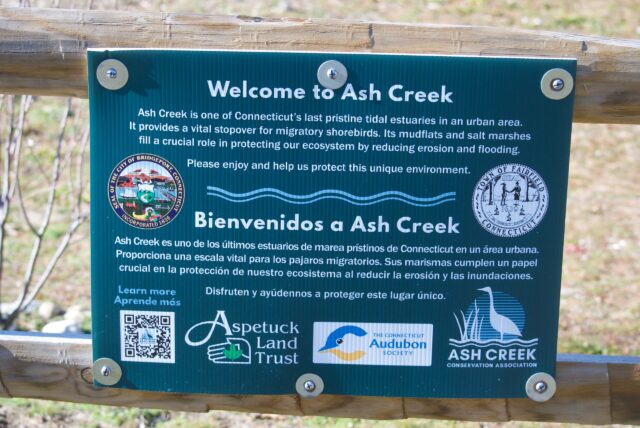
In April 2022, 42,000 plugs of beach grass were planted to stabilize the sand and prevent erosion.
The Save Our Spit efforts feel like something.
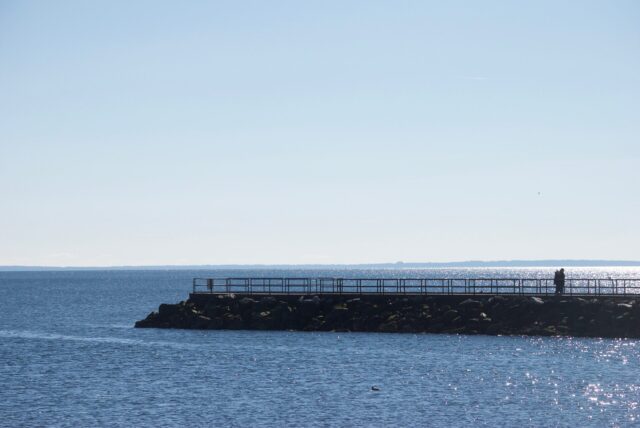
This place, in all its names from Gilman Street to Eames Boulevard, is appreciated. Between the regular sidewalk and the St. Mary’s-by-the-Sea walkway there’s about 1.2 miles of views: Ash Creek, Long Island Sound, Black Rock Harbor.
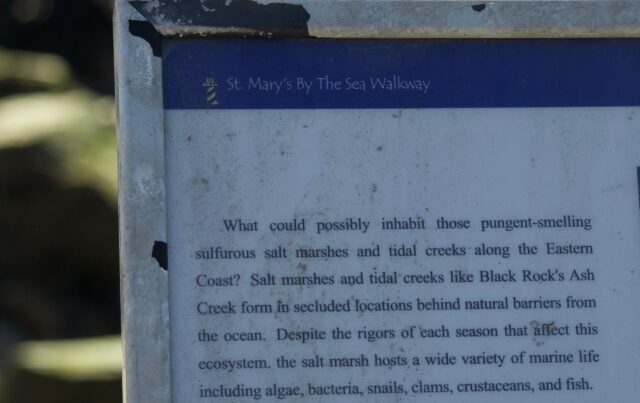
People show up for it, even in early February when the sun is out but it’s not especially warm yet.
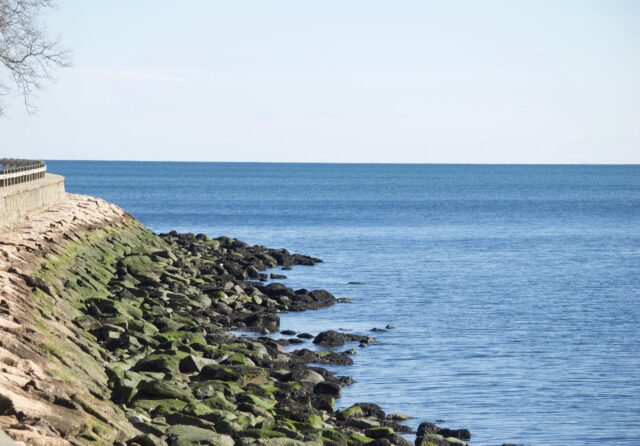
As you move along the walkway, there’s opportunity for boat watching and lighthouse peeping — specifically, the Fayerweather Island/Black Rock Harbor Lighthouse.
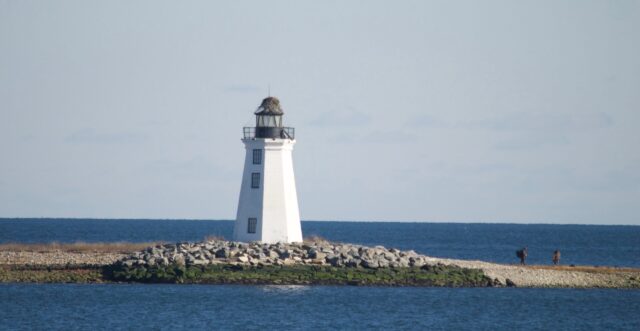
Those little dots in the photo are people; you can walk out to the lighthouse (but not go inside) via breakwater from Seaside Park. If wanting to go there from Black Rock, biking over would be the best bet as it’s an equally long walk and bus ride. Some sources will say you can access Seaside Park for a fee. That’s not accurate. There is fee for car storage, but not for people who want to walk or bike in.

The original lighthouse was built in 1808, destroyed by a hurricane in 1821, and rebuilt in 1823. The keeper’s house, built in 1879, was destroyed by fire in 1977. Water, water everywhere, but . . ..
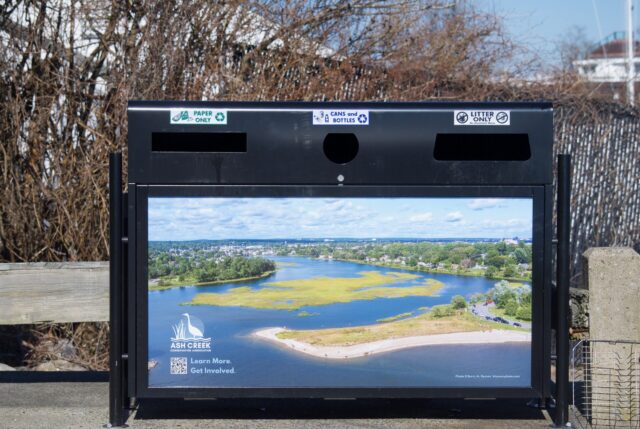
Lighthouse restoration work began in the 1990s. It was given another sprucing up beginning in 2018. Smaller fixes were made in the time between.
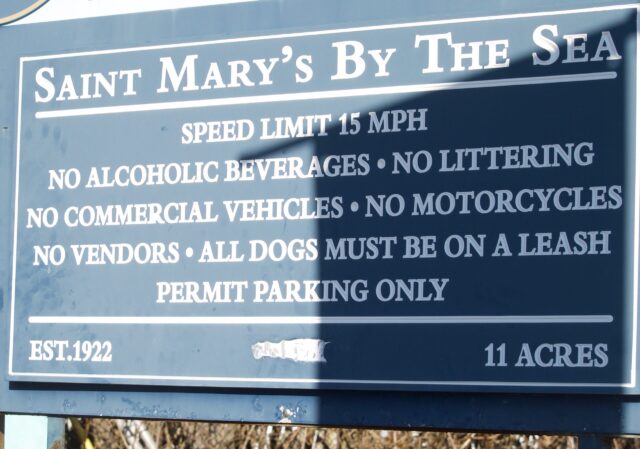
How can anyone resist a story about a lighthouse? Add a dark and rainy night and you’ve got the beginning of one. Interpretative signs along the St. Mary’s-by-the-Sea walkway share bits of the history, how one lighthouse keeper was credited with saving 21 lives. Much of that she did before attaining credentials.
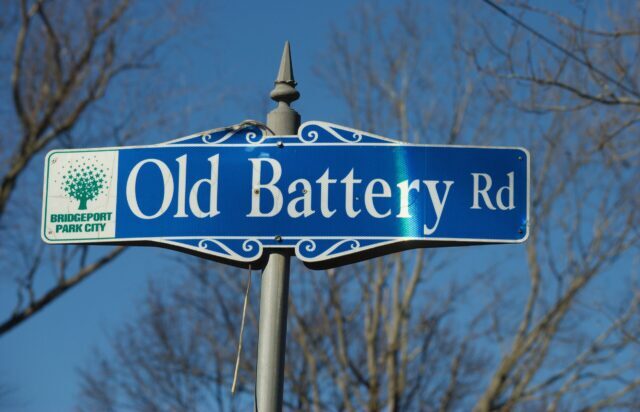
But did she spy the sea serpent?

As you snake around the shoreline, eventually you return to walking north, and the seaviews end.
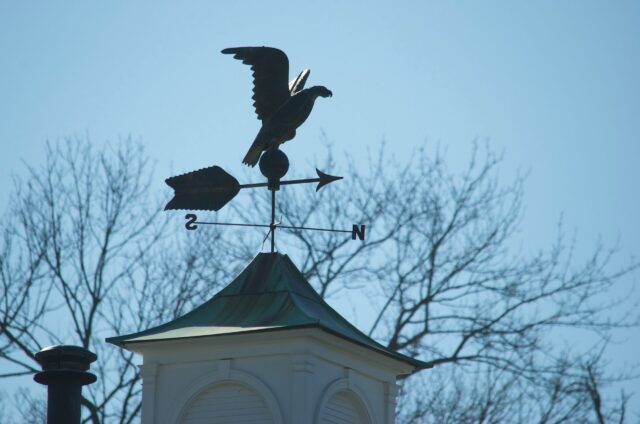
It is possible to take a more serpentine route and continue walking along Black Rock Harbor, but we were not out to win any long distance trek prizes.
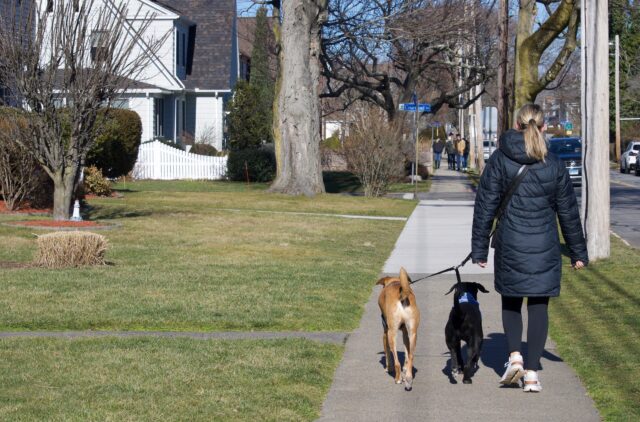
After passing a series of excessively large homes, the street begins its transition to what looks like nearly any suburb — lawns large enough to warrant owning a lawn mower but not having landscapers, people outside walking for exercise and recreation, and multiple Little Free Libraries.

This makes for a relaxing walk on streets that feel relatively safe, though the residential area — aside from the occasional lawn ornaments — is not enthralling. That’s fine. Not everything needs to be.

We eventually cut down a side street and made our way back to Route 130 (Fairfield Avenue), but not without paying attention to the sights, such as they were, along the way.
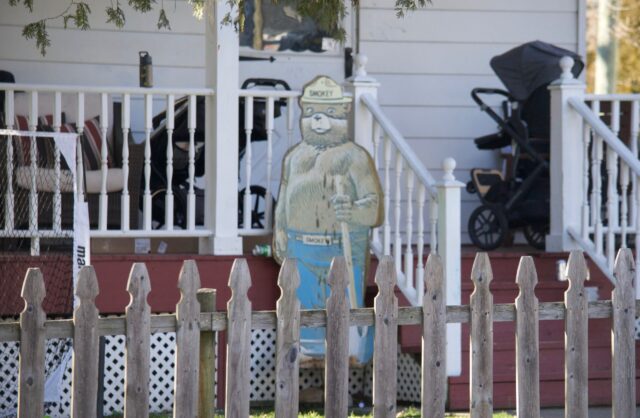
Back on the main drag, there were more stores to browse through, including a comic book store that required the owner to open the door for visitors after we knocked or rang a bell. Not as strange as the high end fashion boutiques in Manhattan that have a security guard by the door and a giant room with like three shirts on display . . . but strange nonetheless.
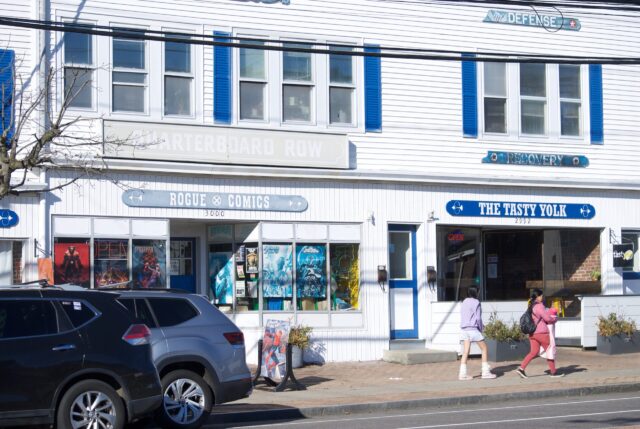
If you were silly and missed Harborview Market, there are enough restaurants on Route 130 that there is likely something that will appeal to you.
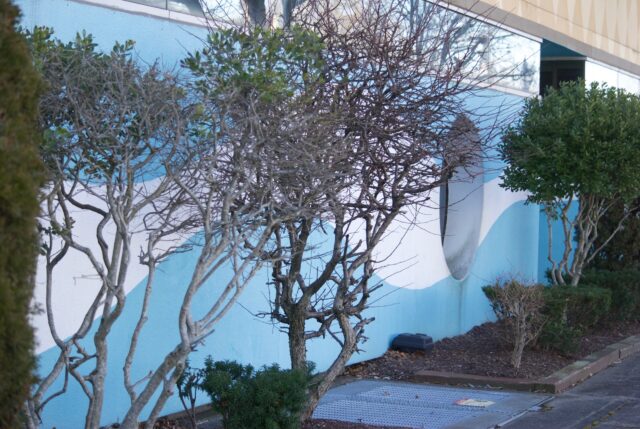
Those who didn’t spend all their money in the book store and on croissants might like to stop inside Pious Bird — good for tarot decks, pronoun pins, and crafts made by Connecticut residents.
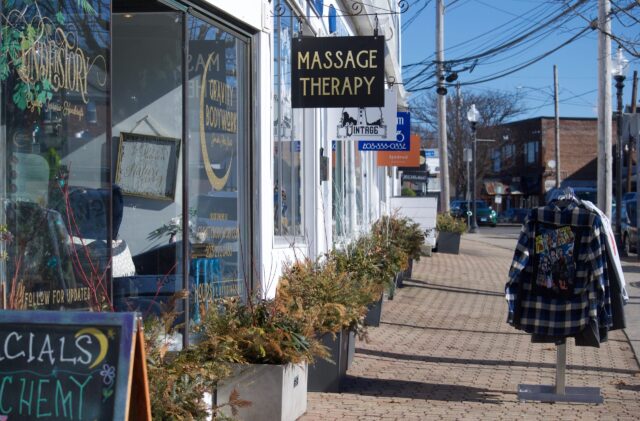
When our feet began to ache, we headed up Brewster Street, back toward the train station.
When there, Elicit Brewing was days away from opening; it’s since become another option for where people can stop for a bite. Its appeal, to me, is that it’s almost right next to the train station. I say almost because there’s the massive surface car storage facility in between the two.
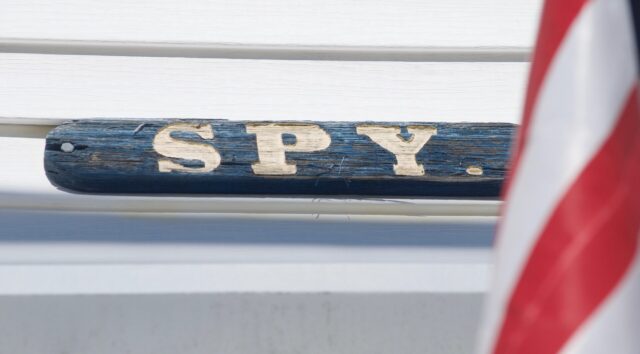
This walking loop only covered the outskirts of half the Black Rock neighborhood, and we were not aiming for completion (mainly because I was not traveling solo and did not want my company to desert me). Had we walked without making any stops, it would have taken about an hour and 45 minutes.

There are some places I visit where I feel like I’ve seen enough and can check it off my list. Black Rock, though, is not one of them. While still there, I was trying to justify coming back immediately even though it’s not the fastest trip to make, regardless of mode of transportation.
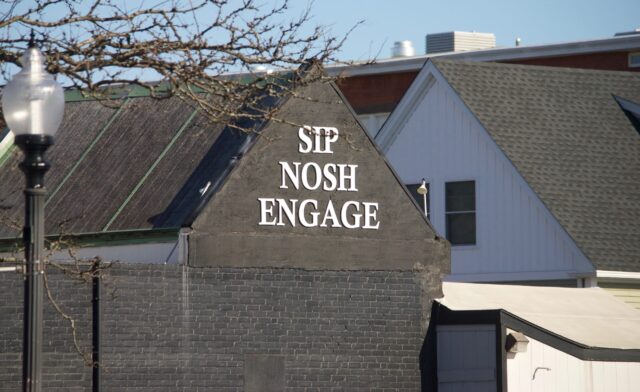
While it may be awhile before I make that happen, what’s coming soon will be another look at Bridgeport because there is a train station in the downtown area.

Getting There: The Fairfield-Black Rock (formerly Fairfield Metro) Train Station at the very edge of Fairfield is the closest rail and once you make it through the stupid parking lot, you have a quick and easy walk to the restaurants and shops along Route 130.
Bridgeport uses GBT for its bus service.
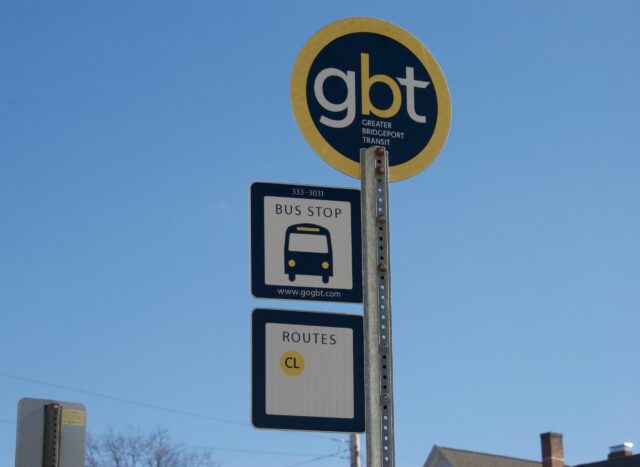
While you wait for the train you may wonder why you’re smelling something floral that you can’t quite place. Almost medicinal. Echinacea. Don’t assume it’s somebody on the platform. Look across the tracks:
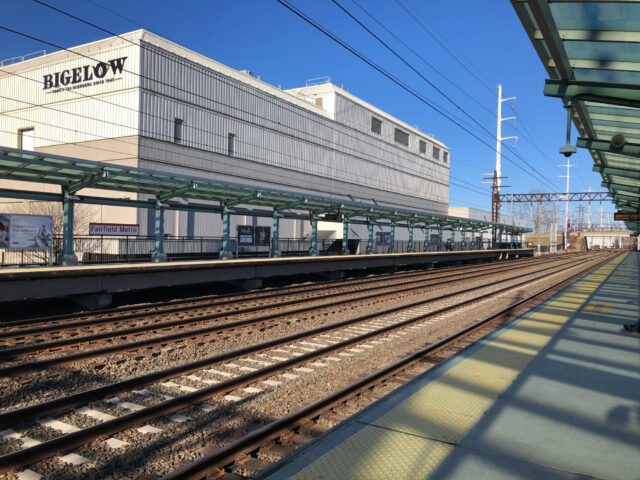
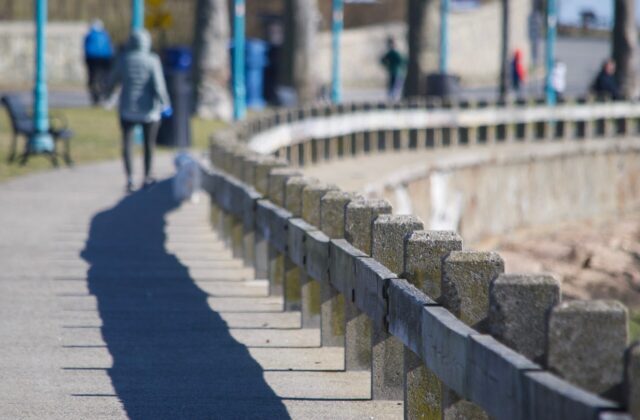
Beyond Hartford: Glastonbury; or, GALLIVANTED THROUGH GLASTONBURY, GUTTED TO FIND NO GLAWACKUS: CRYPTID’S CORRIDOR NOT CATERED TO BY COACH – Real Hartford
[…] who, at least on paper, seemed on the up and up had been stalked by an animal. As we know from the sea serpent saga, a story is unbelievable until made credible by an upstanding witness, one with “unimpeached […]